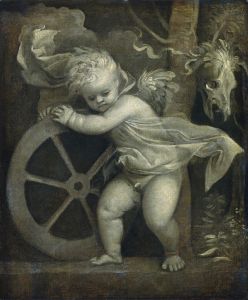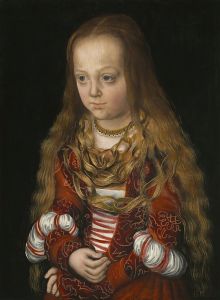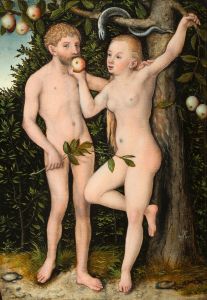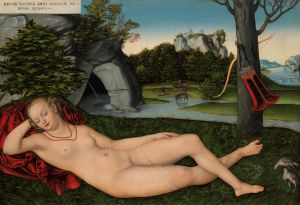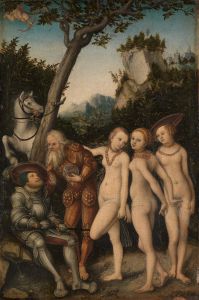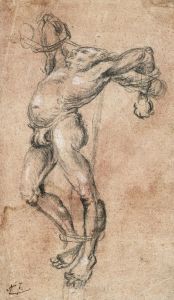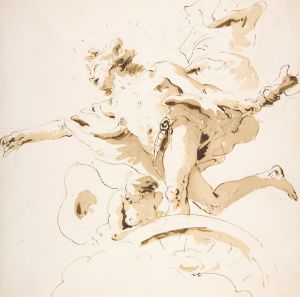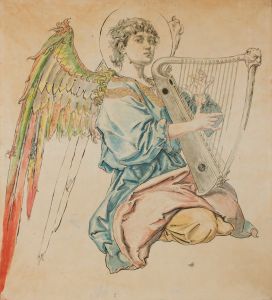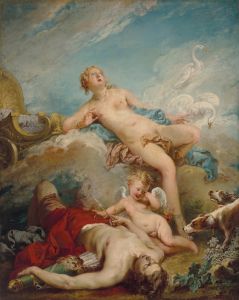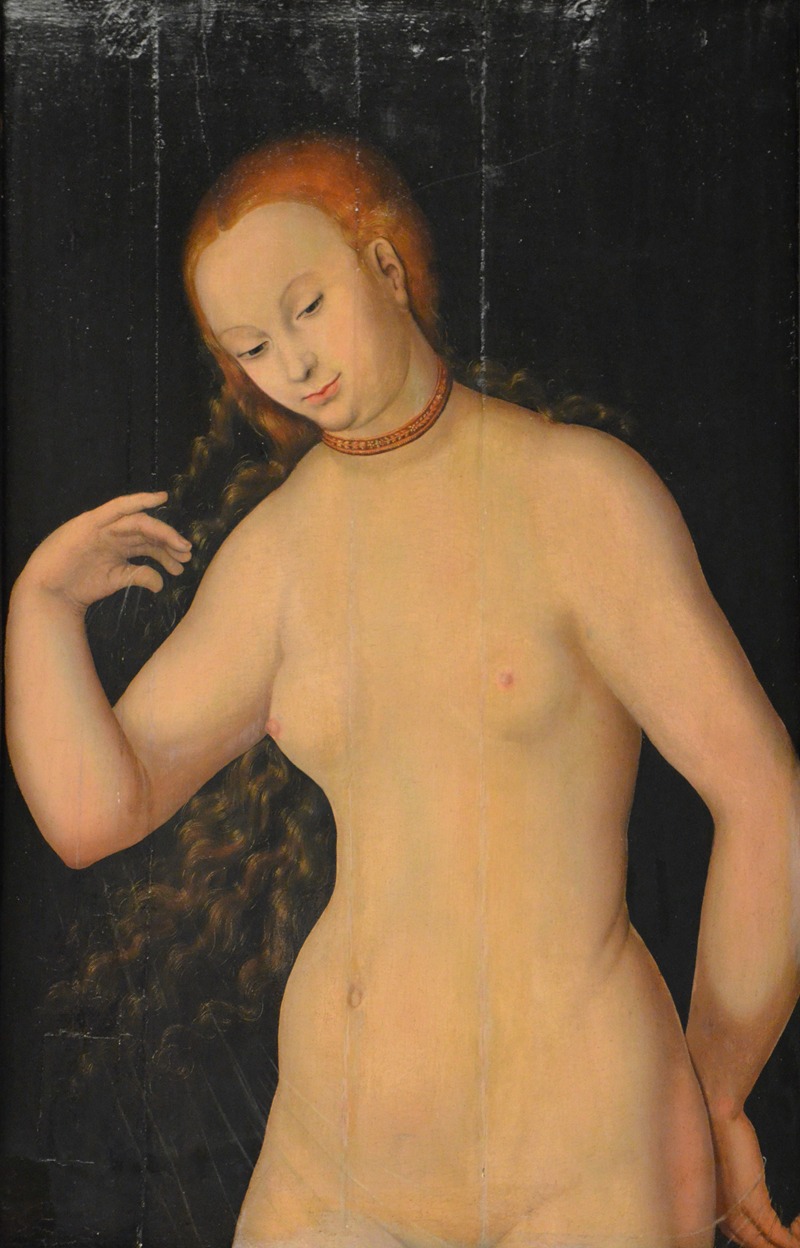
Venus
A hand-painted replica of Lucas Cranach the Elder’s masterpiece Venus, meticulously crafted by professional artists to capture the true essence of the original. Each piece is created with museum-quality canvas and rare mineral pigments, carefully painted by experienced artists with delicate brushstrokes and rich, layered colors to perfectly recreate the texture of the original artwork. Unlike machine-printed reproductions, this hand-painted version brings the painting to life, infused with the artist’s emotions and skill in every stroke. Whether for personal collection or home decoration, it instantly elevates the artistic atmosphere of any space.
Lucas Cranach the Elder, a prominent German Renaissance painter, created several works depicting Venus, the Roman goddess of love and beauty. One of his notable paintings titled "Venus" was completed in 1532. Cranach was known for his distinctive style that combined elements of the Northern Renaissance with Italian influences, and his depictions of mythological subjects were particularly admired for their elegance and detail.
The painting "Venus" by Cranach the Elder is a fine example of his ability to blend sensuality with a refined aesthetic. In this work, Venus is portrayed as a nude figure, a common representation in Renaissance art that emphasizes the beauty and idealized form of the human body. She stands gracefully, holding a transparent veil that adds a sense of modesty while simultaneously highlighting her nudity. This duality of modesty and exposure is a characteristic feature of Cranach's Venus paintings.
Cranach's Venus is often depicted with an elongated form, a stylistic choice that reflects the artist's unique approach to the human figure. Her skin is rendered with a smooth, porcelain-like quality, and her features are delicate and serene. The background of the painting is typically simple, drawing attention to the figure of Venus herself. This simplicity in the setting allows the viewer to focus on the goddess's form and the subtle details of her expression and posture.
The painting is also notable for its use of color and texture. Cranach employed a rich palette, with warm flesh tones contrasting against cooler background hues. The transparency of the veil is skillfully rendered, showcasing Cranach's mastery in depicting different materials and textures. The attention to detail in the rendering of Venus's hair, jewelry, and the veil adds to the overall elegance of the composition.
Cranach's depiction of Venus reflects the Renaissance interest in classical mythology and the human form. During this period, artists were inspired by ancient Greek and Roman art and literature, and they sought to revive these themes in their work. Cranach, as a court painter for the Electors of Saxony, had the opportunity to explore these subjects, and his Venus paintings were likely intended for a sophisticated audience familiar with classical mythology.
The painting "Venus" by Lucas Cranach the Elder is housed in various collections, with versions of his Venus theme found in several museums around the world. Each version may vary slightly in composition and detail, but all share the characteristic elegance and style that define Cranach's work. His Venus paintings continue to be celebrated for their beauty and their contribution to the rich tapestry of Renaissance art.
Cranach's work, including his depictions of Venus, remains influential, offering insight into the cultural and artistic values of the Renaissance period. His ability to convey both the physical beauty and the mythological significance of his subjects ensures that his paintings remain enduring works of art, appreciated by audiences both in his time and today.







